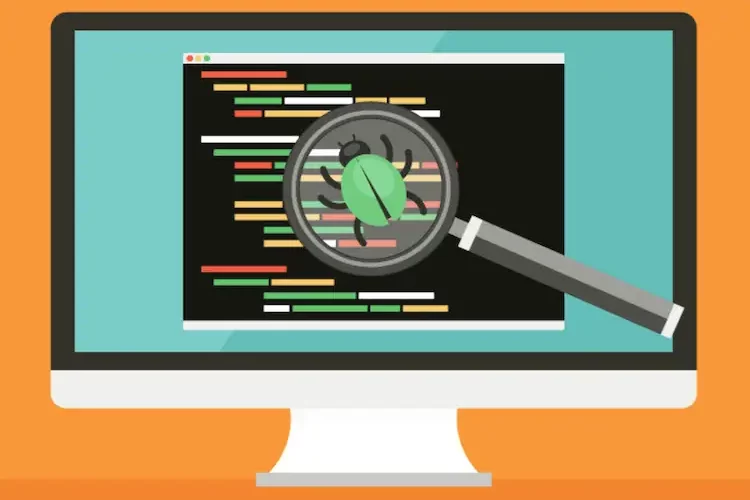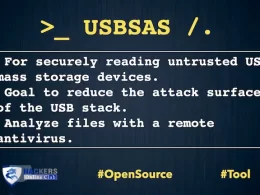What is vulnerability scanning for networks? Why are vulnerability scanning network important? The answer to these questions is quite simple: cybercrime is on the rise, and your business needs to be protected.
If you’re responsible for the security of a network – whether it’s a local area network (LAN) or a larger, more complex network – vulnerability scanning is an essential part of your overall security plan.
In this blog post, we will discuss the importance of vulnerability scanning networks, as well as the steps involved in vulnerability scanning. We’ll also explore the differences between vulnerability scanning and penetration testing so that you can make an informed decision about which type of scan is best for your business.
Vulnerability Scanning For Networks- Definition
Vulnerability scanning is essential to keeping computer systems safe and secure. By detecting security flaws, we can help prevent attacks. Vulnerability scanners are used to investigate software, hardware, and network devices for known vulnerabilities.
The goal of vulnerability scanning is to provide organizations with information about potential security risks so that they can make informed decisions about how to mitigate those risks.
Top tools for network vulnerability scanning include Astra Pentest, Nmap, and Nessus.
Why Are Vulnerability Scanning Networks Important?
In today’s business environment, it’s more important than ever to ensure that your network is secure. As cyberattacks become more common, it’s imperative that businesses take active steps to safeguard their data and networks.
Vulnerability scanning is an important component of any security strategy since it allows you to spot problems in your system before attackers do. Scanning your network allows you to ensure that your system is secure.
How To Scope For Vulnerability Scanning Network?
Now that we’ve discussed the importance of vulnerability scanning, let’s talk about how to scope a vulnerability scan. When you’re planning a vulnerability scan, there are a few important factors to consider:
- The type of devices you want to scan (e.g., servers, workstations, routers, etc.)
- The operating systems and software installed on those devices
- The level of access you have to those devices
Once you’ve determined which devices you want to scan and what information you need to gather about them, you can start scoping your scan. To do this, you’ll need to identify the IP addresses of the devices you want to scan and the ports that are open on those devices.
You can use a tool like Nmap to help you identify the IP addresses and open ports on your network. Once you’ve gathered this information, you may begin configuring your vulnerability scanner. There are several different vulnerability scanners on the market, so it’s critical to choose one that is appropriate for your needs.
Steps In Vulnerability Scanning Networks
There are four main steps involved in vulnerability scanning:
- Identify targets: The first step is to identify which systems or devices you want to scan. To do this, you can either manually check for vulnerabilities or use a vulnerability scanner.
- Scan for vulnerabilities: Once you have a list of targets, the next step is to scan them for vulnerabilities. This is typically done with a vulnerability scanner, although it can also be done manually.
- Analyze results: After the scan is complete, you’ll need to analyze the results to determine which vulnerabilities are most critical. This analysis can be completed either by hand or with a vulnerability scanner.
- Remediate vulnerabilities: If the scan identified some vulnerabilities, they need to be fixed. This can be done by patching software, updating hardware, or implementing security controls.
Vulnerability Scanning and Penetration Testing-Differences
Although vulnerability scanning and penetration testing are related, they are two different processes. Vulnerability scanning is typically used to identify weaknesses in systems so that they can be fixed before attackers exploit them.
Penetration testing, on the other hand, is used to simulate an attack on a system to test its security controls. Vulnerability scanning is usually less disruptive and more cost-effective than penetration testing, though.
Vulnerability Scanning Network Report Explained in Detail
A network vulnerability scan will typically produce a report that includes the following information:
- Targets: The first section of the report will list the systems or devices that were scanned.
- Findings: The following section contains a comprehensive list of vulnerabilities discovered during the scan, including their corresponding severity levels, descriptions, and remediation steps.
- Results: The reports from the scan are provided. This section will typically include a list of the most critical vulnerabilities that were found.
Final Thoughts
Vulnerability scanning is an important tool for keeping networks secure. By regularly scanning your system, you can stay ahead of the curve and make sure that your system is as secure as possible.
It’s not enough to simply have a website these days—you must make sure it is safe as well. One of the most effective ways to do this is with a vulnerability scan, which there are several on the market.











